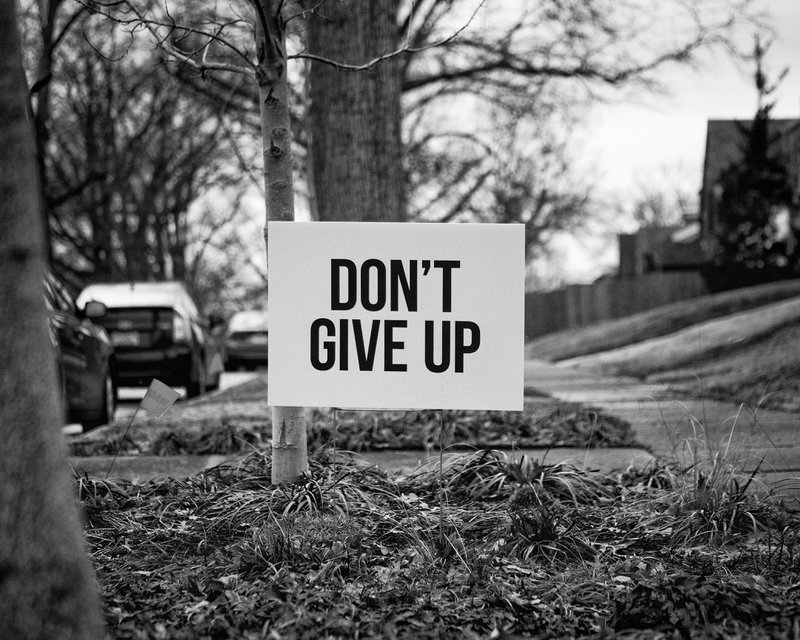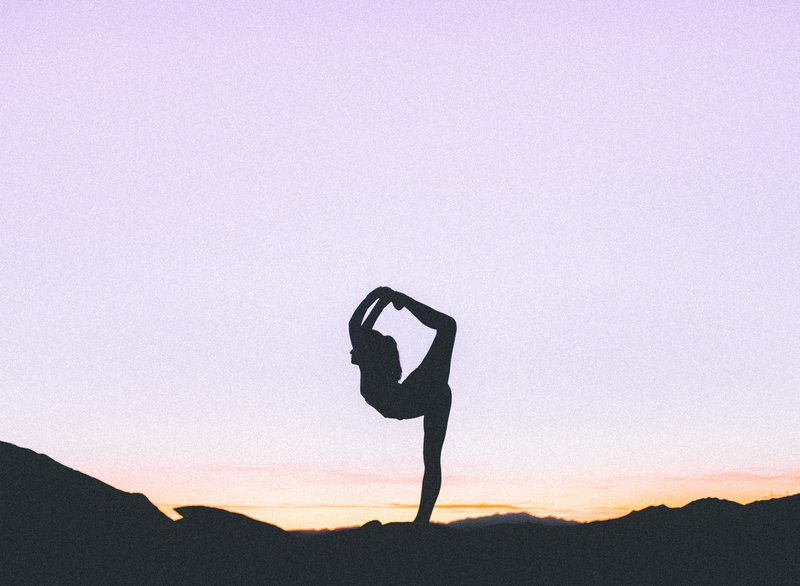The number one thing creative people overlook when it comes to building an audience for their work is the mindset. Just like building a startup, one of the hardest but most important things about creativity and building an audience is manging your psychology and understanding your artist personality type.
You also need to understand the artistic personality of successful artistic people. This is true for creative writers, people who make music and those acrorss who explore a wide variety of artistic career paths. By understanding your own artistic personality, you increase your odds of succes
What it Takes to a Commercially Succesful Artist Across All Personality Types
Be persistent in the face of almost impossible odds and know that nothing is guaranteed and anything is possible.
Spend time on mundane tasks that most artists hate doing.
Be able to handle harsh criticism from people you have never met and often be misunderstood by the most important people in your life.
Have the humility to accept different perspectives and feedback that your work may not be as good as you think it is. And listen to the people who have valuable feedback and learn to distinguish them from those who don’t.
Every creator has an artistic personality type. But artistic people who achieve long-term commercial success and have decorated careers in the arts all have certain artistic personality traits.
Common Characteristics of Success Regardless of Artistic Personality Type
1. Humility

Humility is the most underrated artistic personality trait and the one you are most in danger of losing as you become more successful in your field. The moment you think you have nothing left to learn is the moment your pursuit of artistic mastery is over. Nothing is more detrimental to artistic people and the growth of an artist than arrogance, ego, and lack of an open mind.
AR Rahman: The Enmbodiment of A Humble Artist Personality
AR Rahman whose music career is an example of creativity and an artist for whom I have deep respect and admiration. He is a cultural icon in India and the world and has composed soundtracks for films like Slumdog Millionaire and collaborated with artists like Andrew Loyd Weber, Usher, Coldplay and others.
Despite his success in music and career, he has remained incredibly humble. In the documentary Harmony, he travels across India to meet musicians who are far less well known than he is. Yet he approaches each of them as if he is the student and they are his teachers. This is the embodiment example of humility.
It doesn’t matter how commercially successful you become as an artist. The moment you lose your own humility, you lose the ability to explore new ideas, learn, and limit your artistic expression, and grow in your personal space in a way that made you successful, to begin with.
Far too many artists believe in the myth of the “I made it” moment. Believing they made it keeps them from doing what made them successful in the first place. These people become one-hit wonders.
People who have commercial creative success and careers work harder than they did before their success. They raise the standards and high expectations they have for themselves and never rest on their laurels. Humility is a catalyst for consistent creativity throught your career.
2. Confidence: The Commonality of All Artistic Personalities

When I went to my first all-region band audition in 9th grade, I was annoyed by all the people I met who were all-state musicians because they knew how good they were. My band director said, “Every single person who makes the All-State band has that attitude.”
The Attitude of People with Creative Confidence
Commercially successful artists are humble enough to acknowledge their areas for improvement, but they are also confident in their abilities and the quality of their work. Simply put, if you don’t believe in the value of your own work and artistic personality, other artistic people won’t either.
If you’re feeling confident in your abilities, you’ll also tend to have more personal space in the discernment to decide whose feedback is important and whose isn’t.
Your harshest critics will often be the people who care deeply about you the most. It’s often your artistic mentors, editors, and career coaches who will push you, challenge you, and hold you to the highest artistic standards. The ability to accept this kind of feedback is essential to your confidence as an artist.
If you try to make your art by consensus and committee, you will end up creating something that caters to the lowest common denominator but has no emotional or artistic resonance. Creative confidence in your artistic expressive personality type means coming to terms with the fact that what you create will not and should not resonate with everyone.
Building Creative Confidence
Confidence in your abilities as an artist comes from developing your skills. You master your craft, show up when you don’t feel like it. And you do this day after day, month after month, year after year. There are no shortcuts to mastering your craft and becoming a world-class artist. But there is a fine line between confidence and arrogance. Arrogance leads to a sense of entitlement. And both emotions are poison to an artist’s commercial and artistic success.
3. Persistence

If you want to achieve commercial creative success, you have to come to terms with the fact that you are embarking on a very long journey. You have to be delusional enough to keep going when every conceivable metric says you should stop. And keep going when everyone in your life thinks you’ve lost your mind and questions your sanity. This requires you to be fiercely independent.
For the kind of persistence that leads to commercial creative success, you need a long-term view. It’s not about how long it will take you to succeed, it’s about how long you’re willing to work for it. You need to be willing to go far beyond the point where the average person gives up, and display a commitment that borders on obsession.
4. Curiosity

Photographer: Gary Butterfield | Source: Unsplash
Insatiable curiosity is a hallmark of all creative writers, commercially successful artists, and every artistic personality type. It drives creativity, inspiration and other forms of intrinsic motivation and enables them to focus and persevere regardless of the results. They are curious about every aspect of the world around their work and about other personality types and things that have nothing to do with their work at all.
The deep power of curiosity helps them connect dots between specific information, for example, create one between ideas and draw insights from ideas across different research disciplines. This curiosity runs deep.
In the music documentary Harmony, AR Rahman visits a music, arts and dance school in Kerala. Because the drums the students learn to play and dance on were once used for religious purposes, he asks to hear what those drums sound like in a temple. This is an example of the depth of artistic curiosity that commercially successful artists bring to their work.
Ryan Holiday is one of the most prolific and successful writers of our generation. He reads books on politics, history, sports, and many other types of subjects. His success is an indication of the deep power of curiosity.
When I started Unmistakable Creative in 2009, people said podcasting was dead. I didn’t continue because I thought it would become a massive cultural trend. Curiosity was and is the driving force behind my work.
Curiosity is my main criteria when choosing my podcast guests. I know if I’m genuinely curious about my guest’s career or story, it will be interesting to my listeners. That’s why I never make a guest’s selection based on their status or the impact they might have on metrics career.
Curiosity diversifies your input and transforms your brain, senses and environment into a rich, expressive, imaginative, expressive and creative echo system environment, leading to deep authentic self-expression and creativity. It promotes intrinsic motivation and you are able to enjoy the work regardless of the outcome while increasing the chances of a positive outcome.
Unfortunately, many aspiring artists tend to follow trends rather than their curiosity. But following trends is the opposite of standing out from a sea of noise. Doing something because everyone else is doing it (e.g. starting a podcast, joining Tiktoc, etc.) pollutes the intentions, effort, and inspiration behind your work. It’s impossible to do exceptional creative work if your intentions aren’t genuine.
Don’t do these new things because some “influencer” says everyone should. Do them because you are genuinely curious about them. . If you follow your curiosity, no matter how the work turns out, you will learn something and gain something valuable.
5. Optimism

Photographer: Andreas Weiland | Source: Unsplash
Optimism is a bit of a paradox for commercially successful artists and creators. They are optimistic about how their creative work will turn out and be received by the audience. At the same time, they are very sensitive and hyper-aware that they can’t control it.
As I wrote in An Audience of One,” the ultimate practical paradox of creative work is that what you create for a single audience is much more likely to reach an audience of millions.
If artists struggle their art doesn’t resonate with an audience, they don’t tell themselves stories about why they aren’t cut out to be an artist. They go back to the drawing board, apply the lesson they learned, and make more art.
6. Stubbornness

Photographer: NeONBRAND | Source: Unsplash
There is a character trait of my mentor Greg Hartle that drove me crazy but also enabled him spending time together to help me make some of the best work of my life. He was stubborn as hell.
In 2014, we were planning a conference and he insisted that the chairs in the room had to have white cushion covers. Our event manager said they weren’t available. I told her if we called Greg we would be in a three-hour meeting about cushion covers.
Talk to anyone who worked with us on this event and they would sum it up in one sentence. You’ll hate the process, but love the result.
Mars Dorian was the biggest victim of our stubbornness. We drove him crazy with the number of revisions we asked for. His last email to me said, “Srini, no more revisions. I need to get this damn project off my soul.”
But when people saw the work he did, they almost burst into tears because it was so amazing. In Greg’s mind, the goal wasn’t to meet people’s expectations. But to exceed them in every detail. That’s the kind of tenacity that commercially successful creators bring to their work.
7. Flexibility

Photographer: Wesley Tingey | Source: Unsplash
It may seem like a contradiction to say that you have to be stubborn but flexible. The reality of the creative process is that it is unpredictable and many parts of it are uncontrollable. The key is to know when to be stubborn and when to be flexible.
When my publisher sent me the initial designs for the covers of Unmistakable: Why Only is Better Than Best, I immediately emailed my agent. She emailed my editor, and when we met for a conference call, my editor said, “I knew you hated them all the minute I got the email.”
I told her that it was an oxymoron to have a book called Distinctive that looked like every other book on the shelf. When we got an idea for a version I liked, I asked the designers to be creative and give me variations on the color
9. Business Savvy

Photographer: Patrick Perkins | Source: Unsplash
If there’s one personal trait that separates commercially successful artists from those who aren’t, it’s how they think about money. As Samantha Benett once said, you always get paid and you get paid in the currency you ask for. Commercially successful artists believe enough in the value of their work that they are unapologetic about asking people to pay for their work.
Being good at what art you do is a prerequisite to your art and becoming a commercially successful independent artist, but it’s not enough to create it. Making the art is only the first step.
You need to learn how to market, promote and sell your art work. You need to combine the heart of an artist with the mindset of a businessman. Real artists don’t starve.
10. Love

Photographer: Jamie Street | Source: Unsplash
If you are driven by fame, beauty, attention, your name in lights, status, or a pot of gold at the end of the rainbow, life in arts, crafts and careers in the fine arts, art, crafts, art and crafts will inevitably disappoint you. Every commercially successful artist and crafts and loves their work.
Every commercially successful independent artist has these six personality types and other personality patterns and personality type traits to varying degrees. If you want to make a living as an independent artist, develop the ones that align with your values, other personality types, strengths, weaknesses, and talents within you.
